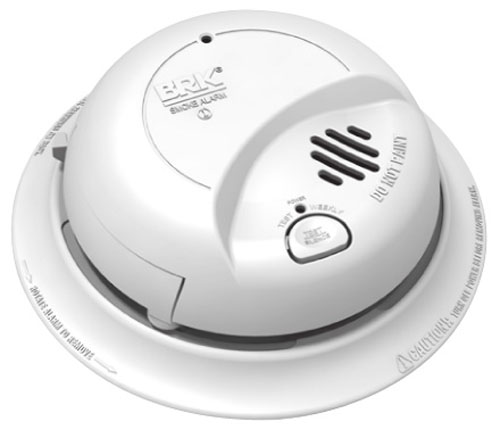carryyourbooks
Member
Can someone please verify that it is 9 vdc on the brk9120's?
Connect this unit ONLY to other compatible units. Do not connect it to any other type of alarm or auxillary device. Connecting anything else to this unit may damage it or prevent it from operating
I have the nmanual for a 9120 and it states
Yes, a standard residential battery backup smoke alarm- 120VAC ionization styleIs that a line voltage alarm?

K8MHZ, why didn't you just use one of the UL listed relays designed to work with the smoke alarms?
I doubt that smoke alarms 'communicate' in any manner as simple as just supplying power to the horns.
I suspect that they 'communicate' in much the same way as inputs communicate with PLC's. That is, the line is simply checked for the presence of voltage. The PLC then acts according to it's "logic" and sounds a horn- as well as energizing the communication wire. All that line needs, if this is the case, is just enough power to light up a microscopic LED in the next detector.
It's worth noting that there are no standards defining the methods used for communication between the units. The exact method likely differs between both manufacturers and product lines.

